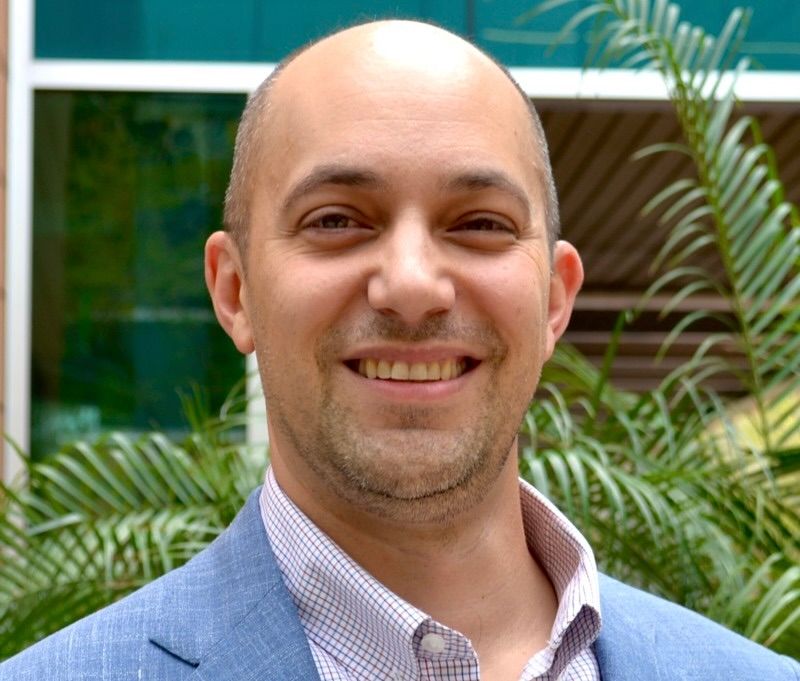Adopting an interdisciplinary approach to autism and IDD care | Viewpoint
Interdisciplinary care providers offer comprehensive services and encourage collaboration among all members of the care team.
Within autism and intellectual and developmental disabilities care, interdisciplinary care takes multidisciplinary a step further.
Aaron Blocher-Rubin

While multidisciplinary care organizations offer various services ranging from ABA, speech, OT, etc., interdisciplinary care providers offer all these services but distinctly encourage collaboration among all members of the care team.
Thus, the communication and transparency involved in an interdisciplinary care approach can prevent conflicting clinical recommendations, confusion for families, and overall fragmented care for patients receiving services or treatment. Enabling teams to work together more seamlessly provides a holistic view of care and outcomes, leading to better overall care quality and delivery.
Adopting an interdisciplinary approach starts with clinical teams relying on technology to share, track, and monitor learner goals and outcomes, ensuring providers and parents are aligned every step of the way.
Here are some strategies and benefits to autism and IDD care organizations adopting an interdisciplinary care model.
Promote collaboration across care teams
Autism and IDD care can stretch across healthcare disciplines as many individuals with autism and intellectual and developmental disabilities experience several co-occurring conditions such as language delays, speech disorders, motor difficulties, anxiety, and more.
As a result, these learners may need to meet with many professionals or providers, ranging from those providing ABA care to speech, occupational therapy, counseling, and other services.
With this amount of related services, collaboration is key in ensuring all team members work together and build off the care learners receive across the care continuum. Visibility into current goals, progress metrics, and session notes can help providers in other specialties check in on how a learner is performing in other areas.
Additionally, this transparency enables clinical care teams to work together on joint goals and compare results. If a provider knows a learner is struggling with a skill but is excelling in that same skill in a different setting, providers can collaborate on why this is and work towards improving broader outcomes.
Embrace technology
Technology is a critical tool in enabling and supporting communication across autism and IDD care teams, learners, and their families. Technology can keep track of progress goals, support billing, provide real-time insights into provider performance, and more.
Providers across disciplines can share session notes, learning programs, and measurable outcomes. For speed and efficiency, technology can also help providers communicate seamlessly on goals, allowing them to communicate directly in one platform without having to track down a provider who may be in a session with another learner.
Leaning into updated softwares and technology can make it easy for clinical teams to collaborate on reporting, with data, graphs, and progress tracked and displayed in one shared platform. Additionally, parents and caregivers can benefit from a broad use of advanced technology and softwares as well, with providers able to share updates on progress and materials to continue care at home where learning continues.
Support in-clinic care
While technology can help connect care teams, it is best supplemented with in-person and in-clinic care options. When care is disjointed, families can get different, conflicting information and recommendations on how care should be continued outside of traditional care settings, leading to confusion among families and even impacting outcomes.
When parents can sit in on care sessions and speak directly with all therapists and educators who are working with their child, they have the opportunity to take a more active role in the care process.
Even for professionals, a clinic setting can help BCBAs see for themselves a learner’s OT or speech therapy sessions to observe progress outside of their own specialty and speak directly with other members of the care team on joint goals and continued progress.
Following the COVID-19 pandemic, from 2021 to 2023, Arizona Autism (AZA) United saw a 78% growth of in-clinic clients with the help of technology.
Focus on individualized, holistic care
Collaboration among clinical teams can lead to more transparency in progress and goals established in other disciplines, more personalized care plans to specific learners, and the adoption of a holistic view of a learner’s care journey.
Everyone’s health and education journey is unique and progress made in one discipline can impact that in another, changing the trajectory of overall outcomes. Focusing on holistic care that is neuro-affirming and assent-based helps see learners beyond just one diagnosis but as an individual with unique skills and needs.
An interdisciplinary approach to care not only helps improve patient outcomes, but also benefits providers. After adopting technology and focusing on an interdisciplinary approach to care, AZA United saw a decrease in turnover for BCBAs, experiencing a remarkable 0% in 2023.
In an industry that is overcome with staffing shortages and high rates of burnout, employee satisfaction and clinical efficiency are imperative to ensuring the field is sustainable for future demands. As the industry continues to evolve and advance, interdisciplinary care will continue to be a driver for improved learner outcomes.
Dr. Aaron Blocher-Rubin is the president & CEO of Arizona Autism United.